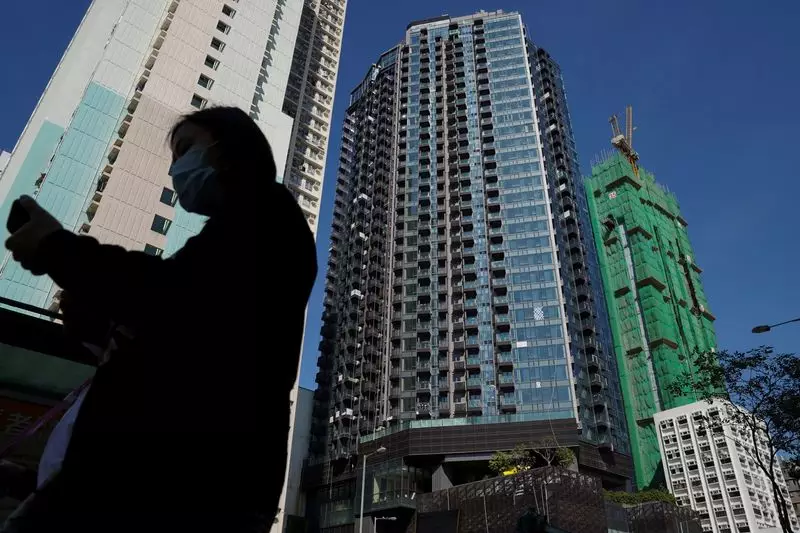As China’s economy grapples with multifaceted challenges, the specter of Japan’s prolonged economic stagnation, often referred to as the “lost decades,” looms larger than ever. Analysts at Macquarie have drawn noteworthy comparisons between the two nations, suggesting that the lessons from Japan could illuminate pathways for China in addressing its current economic dilemmas. This introspective analysis delves into the crux of the issues both countries face and raises critical questions regarding the efficacy of policy responses.
The so-called “lost decades” in Japan were characterized by sluggish growth, faltering consumer confidence, and an overarching tendency toward high savings coupled with insufficient consumption. Macquarie asserts that China’s economic landscape mirrors this historical scenario; both economies rely significantly on exports and investment rather than fostering a robust domestic demand. This sharing of structural characteristics is alarming, suggesting that without decisive policy interventions, China could find itself entrenched in a similar quagmire.
The Consequences of Economic Timidity
A fundamental issue at the core of both Japan’s stagnation and China’s present-day difficulties is the excessive reliance on investment as an economic engine. In Japan, this approach led to overcapacity, deflationary pressures, and declining returns on investments. As households and corporations adjusted their spending in anticipation of lower future prices, a vicious cycle of reduced consumption took hold. Macquarie posits that China faces a parallel dilemma; more concerned about maintaining stability than fostering growth, Chinese policymakers seem hesitant to undertake aggressive reforms. Despite recent minor adjustments in monetary policy, including a 20 basis-point rate cut, these measures are insufficient to spark a substantive recovery.
To break free from this cycle of inaction, Macquarie advocates for comprehensive, radical measures. A significant reduction in real estate risk, underpinned by state support equivalent to at least 5% of GDP, features prominently on their agenda. Such intervention would aim to alleviate the burdens faced by local governments and state-owned enterprises (SOEs) by shifting portions of their debt to the central government. This recalibration could establish a more stable revenue base necessary for local governance.
Furthermore, the proposal for a universal basic income is radical yet necessary. By distributing wealth more equitably across the population, it could stimulate demand and invigorate consumption, countering the current trend of saving over spending. The reluctance of policymakers to embrace such sweeping reforms is concerning; timidity in addressing these structural challenges could hinder economic recovery and deepen social inequality.
The comparison between China’s current economic situation and Japan’s enduring malaise serves as a powerful reminder of the perils of economic complacency. With a grasp on the systemic issues at play, Chinese authorities must abandon their hesitation and delve into bold policy reforms designed to rejuvenate the economy. Only through decisive action can China hope to foster a lasting recovery and avert the fate of prolonged stagnation that Japan experienced. The call for a proactive approach is clear: transform timid policies into robust, comprehensive responses that actively promote economic revitalization.

